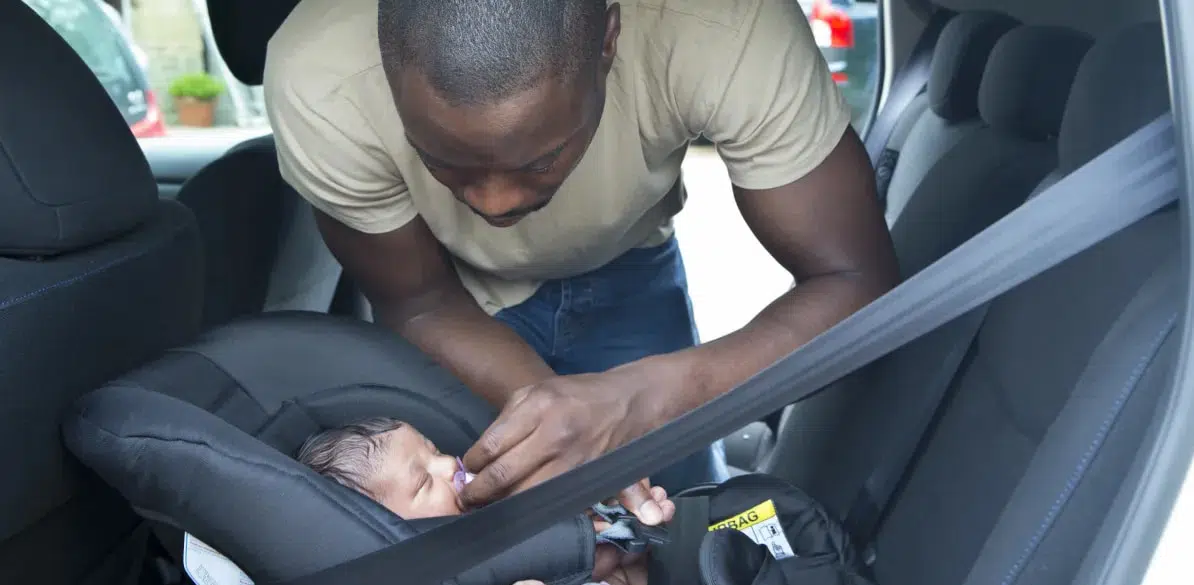How do you know that the seat is well anchored?

When taking children in the car, it is just as important for the seat to be properly secured as it is for it to be the right size for the child’s height and weight, because this is the only way the seat will perform effectively in the event of an accident.
Firstly, you will find child seats with three different types of fittings on the market, depending on the type of restraint system you choose:
1 – With the car seat belt only
This applies to every car, as the child seat can be fitted in cars that do not have ISOFIX fittings.
The normal procedure is for the car’s seat belt to be threaded through the padded backrest through some slots in the seat’s structure and in some cases underneath the base.
These slots are usually brightly-colored (often red) or might have clamps to get a better grip on the seat belt.
How to do it:
Attach the belt to the seat buckle and tighten it as far as possible so that the chair is held without slack. If the seat has a third fixing point, pass the seat belt through it and adjust it according to the manufacturer’s instructions.
It is very important that even if you have a good sense of where the belt should go, you check it with the manufacturer’s instruction manual. The main disadvantage of this type of fitting is the chance of making a mistake when following the steps and not securing it properly.
2 – Combined system: seat belt and ISOFIX anchorings.
These seats are valid for vehicles both with and without an ISOFIX system. They are secured by using both the car’s seat belt and the ISOFIX fittings.
How to do it:
This is explained below.
3 – The ISOFIX system and a third support point
The ISOFIX system uses specific steel anchors that the seat has in the lower part of the backrest as the main element to fasten the chair to the seat. If your car does not have these fittings, you will not be able to use this kind of child seat.
These seats have a belt that is attached to a ring on the car to prevent tipping. Some models also have an adjustable leg which is supported by the floor of the car and also prevents the seat from tipping over.
How to do it:
First, align the brackets with the ISOFIX openings on the seat and push until you hear it click into place. Second, attach the anti-tipping strap, known as the “Top Tether” (check here how to affix the Top Tether (406KB)) to the ring, which is usually at the back of the car seat’s backrest.If the child seat has an anti-tipping leg, adjust it until it is firmly supported by the floor of the car.
This video provides a clear explanation of how to place a CRS correctly according to the different points:
Once the child seat is in place, check that it is properly anchored. Put a bit of pressure on it and check to see that there is minimal movement and that the anchoring points are strong.
